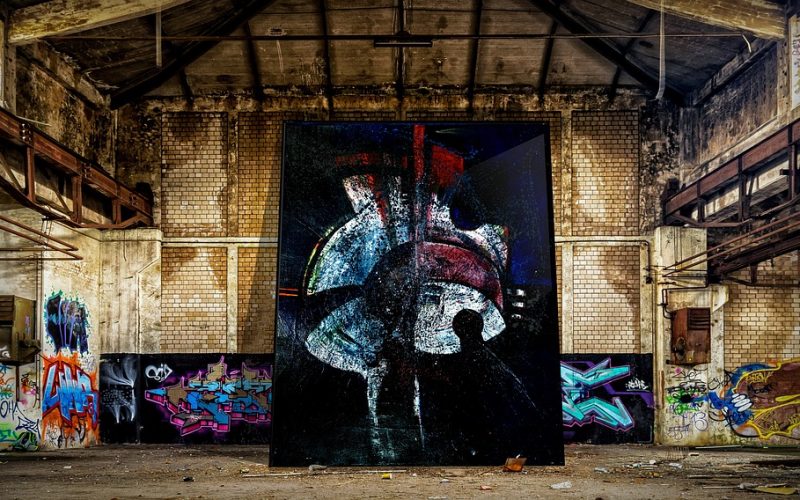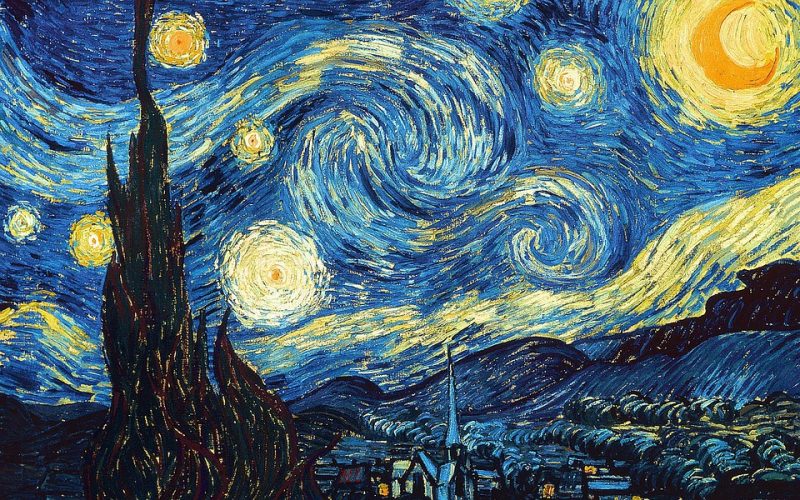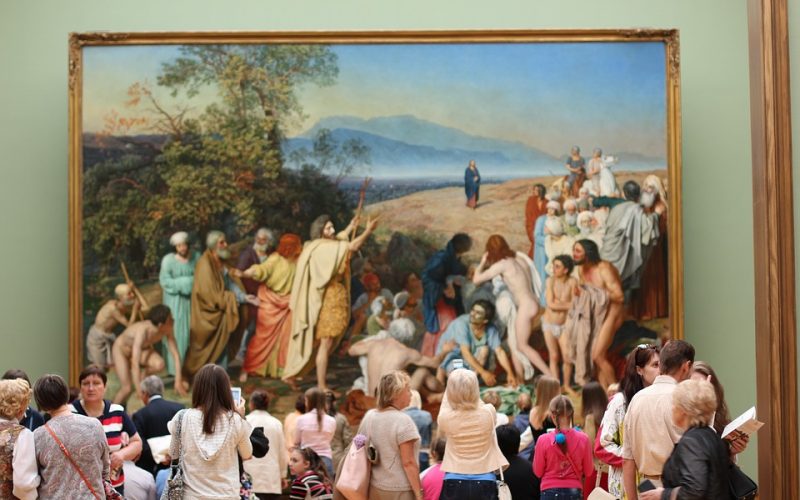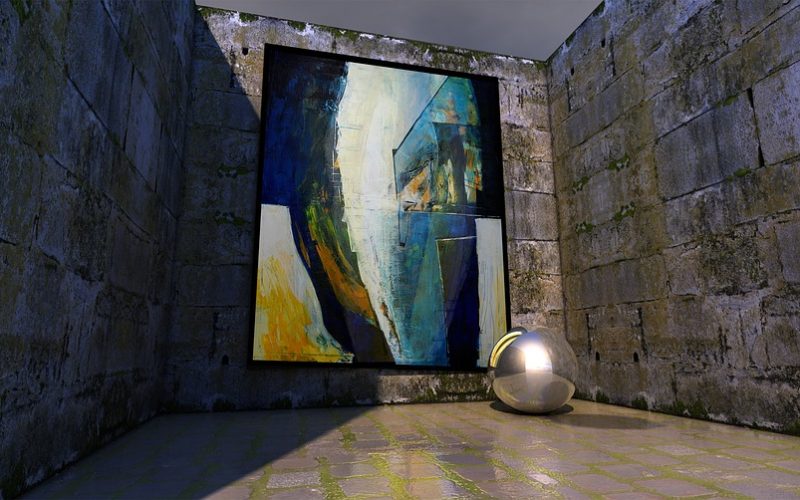The world is not the safest place for a piece of art. While many think about incidents of vandalism and accidents, the environment does much of the damage. Sunlight, poor air quality and dust are all contributors to the degradation of works of art. All of these factors work over long periods of time to complete their damaging effects. Some have been eliminated by modern living. Others still pose an ongoing threat to art pieces around the world.
Art is best viewed with plenty of light. It allows the viewer to see the forms, colors and nuances as the original artist created them. It is an unfortunate fact that sunlight can leech the color from paints and take away the beauty of a painting. If left in the same place for many years, a painting will be completely discolored where it is touched by sunlight. It is difficult, but not impossible to repair the damage and restore the painting. Keeping the piece out of sunlight is a preventive measure to limit light damage. Modern window treatments help eliminate the ultra-violet portion of sunlight that causes the most damage.
There are paintings that were designed to be outdoors. Frescoes fall into this class. Many were done by past masters to decorate cafes and restaurants in the Mediterranean area. Rain and wind have been recognized as contributing factors to the damage of these beautiful pieces of art. The advent of modern life created the phenomenon of acid rain. It accelerated the damage to walls and the art pieces painted on them. Restoration is a difficult process for these pieces. Many have been cut out of walls and moved indoors for safe keeping.
Minute particles of dirt float through the air at all times and settle as dust on works of art. All types of art are affected by this natural process. Dust obscures the surface of art pieces. It dulls paint colors and fills in portions of sculptures. Restoration involves cleaning off dust and can create damage to the piece. Unless an art piece is stored in a vacuum, this type of damage will continue to occur.

















